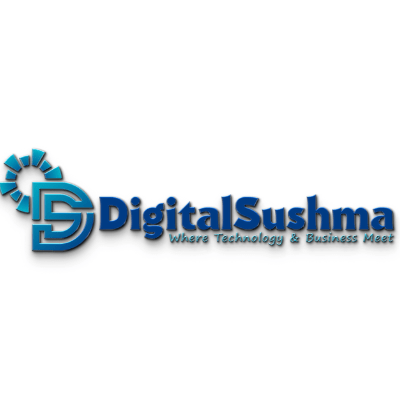The Media Lab at MIT created Scratch in 2007 as a language for creating interactive 3D animations and games. Intuitive programming languages are easy to learn because they include a drag-and-drop interface with colored pieces, such as Java. In contrast to traditional programming languages such as Python, Scratch, in which the coder must write out the code, allows both children and adults to quickly and easily create interactive games and programs by connecting code blocks together.
According to the makers, Scratch is usually advised for youngsters older than the age of eight. ScratchJr is an additional choice for kids aged 5-7 that offers an even more straightforward and more intuitive platform than the regular Scratch platform.
Even though Scratch is best suited for children aged 8-11, older children and adults may still benefit from it. Scratch is a pleasant and straightforward introduction to coding suitable for anyone with little or no previous computer science training. In reality, several institutions, such as the University of California at Berkeley, include Scratch programming and other similar block-based languages in their beginning computer science classes.
If you are already experienced with computer programming, it may be more helpful to study text-based programming languages such as Python or Java rather than a graphical programming language. However, although Scratch is an excellent method to get started, these more advanced programming languages are the ones that are used daily in computer science careers.
A New Kind of Coding Language is Introduced
While Scratch may not seem to be an actual programming language at first appearance, it is a legitimate programming language. According to the most recent data available as of May 2020, Scratch coding is the 19th most popular computer programming language globally!
The world’s most popular coding languages are “text-based,” meaning that code is produced by entering words and symbols on a computer keyboard rather than using a stylus. Text-based programming languages such as Python, Java, and C++ need you to string together several lines of code written by hand to construct a program. While this way of programming is fast and powerful, it may be challenging to learn for the first time — much like learning a new language since it is so different from traditional programming.
In the same way that each human language has its grammar and vocabulary, text-based coding languages have unique methods to create various commands and their complex syntax to learn and understand. This learning curve might be upsetting for novice developers who are just starting.
What Are the Benefits of Teaching Children to Program?
Learning to program is a good practice in and of itself. Children, in particular, gain from frequent exposure to the process of taking an idea and turning it into a completed program. It necessitates and refines the development of several desired abilities. The ideation process requires careful preparation as well as originality. It is necessary to comprehend the programming language, put together the code logically, and debug the program systematically and analytically throughout the implementation process.
Programming continues to challenge you even after you have mastered the basics. Whatever you’re working on, there’s always another idea or project to work on. And, like with other taught talents, the sooner you begin, the higher your chances of success. However, putting young brains in front of an editor and expecting them to be engaged and satisfied isn’t as simple as it may seem at first glance.
To catch the imagination of young children, it is necessary to make things enjoyable. Whatever it is, it needs to seem to be something they would be interested in participating in. Scratch coding is an excellent answer in this situation. Because it is a reasonably high-level programming language, it is pretty simple to get things done rapidly. Because it is mostly drag-and-drop, there is minimal risk of a mistake causing a meltdown to occur.






